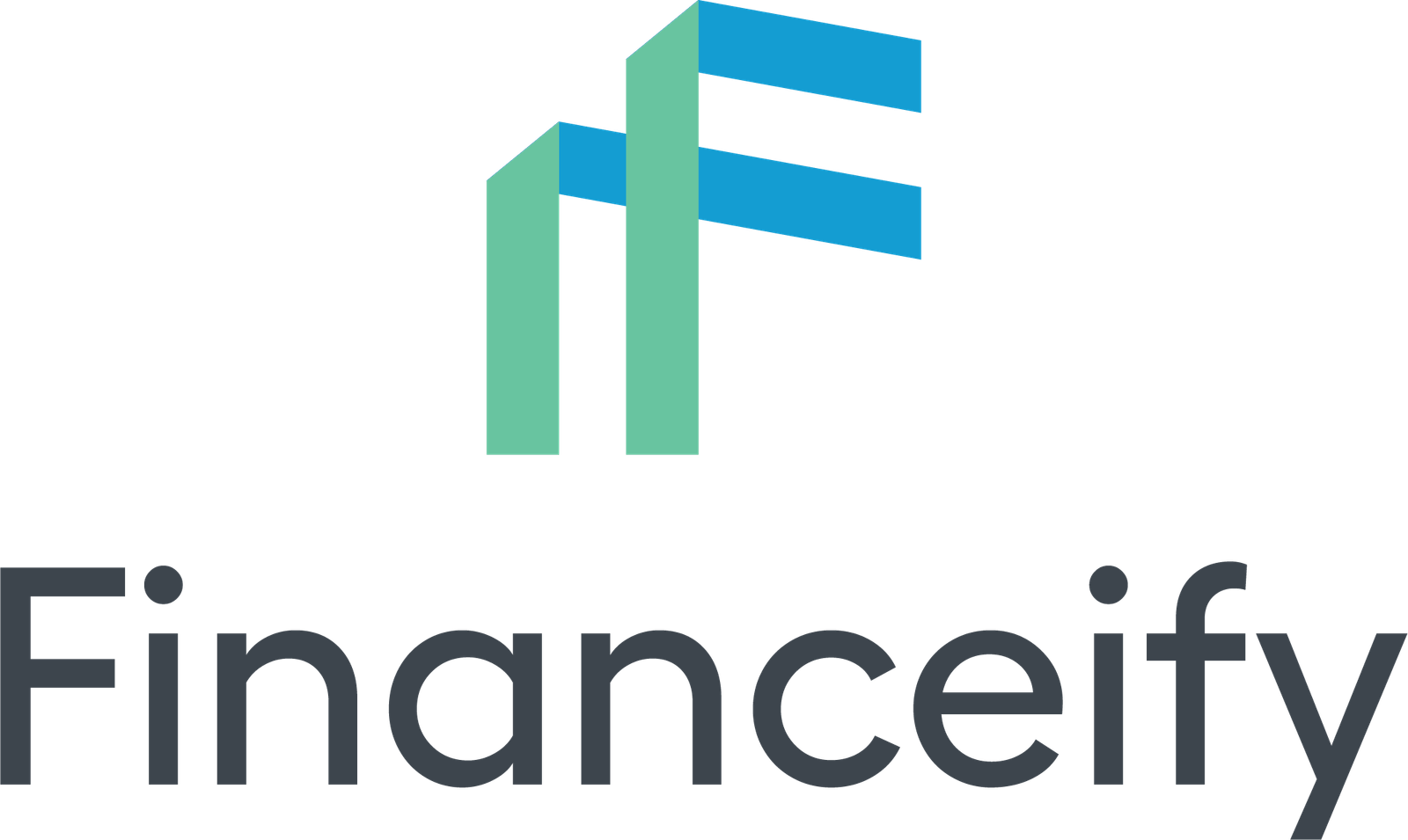There are two main types: defined benefit (DB) plans and defined contribution (DC) plans. DB plans used to be more common. They promise a set income after retirement and are most often offered by public sector employers. On the other hand, DC plans are becoming increasingly popular, especially in the private sector. For people who will be retiring soon, it’s important to know the differences between these plans and how they fit into an overall retirement plan.
Defined benefit (DB) plans:
- Guaranteed income: Provides stable and predictable retirement income.
- Employer risk: The employer bears the investment risk, not the employee.
- Early retirement options: Flexibility for early retirement with tailored benefits.
- Benefits for survivors: Includes benefits for beneficiaries to ensure family security.
Defined contribution (DC) plans:
- Investment Control: Employees are free to make their own investment choices.
- Employer matching: Often includes additional contributions from your employer to increase your retirement savings.
- Mobility: Easier transfer of funds when changing jobs, offering greater flexibility.
In Canada, only 37% of workers have access to a company retirement plan. For those approaching retirement, it is crucial to understand the nuances between defined benefit (DB) and defined contribution (DC) pension plans. Let’s look at these two types of plans and their advantages and disadvantages to help you plan for retirement more effectively.
Defined benefit pension plans: the traditional choice
Defined benefit pension plans, common in the public sector, are known for their predictability and security. They provide a set amount of income in retirement, calculated based on factors such as salary and length of service. For example, a typical calculation might be 2% of your average annual pensionable earnings over the last 5 years, multiplied by your pensionable years of service.
Pros:
- Predictable income: Offers a guaranteed income, making retirement planning simple.
- Flexible retirement dates: Option for early retirement, usually after age 55, with adjusted benefits.
- Benefits for survivors: May include benefits for your beneficiary to ensure the financial security of your spouse or partner.
- Inflation adjustments: Some plans include a cost of living adjustment (COLA) to maintain purchasing power.
- Income distribution: Allows you to gain tax benefits by dividing your pensionable income with your spouse or partner.
- The employer bears the risk: The employer is responsible for the investment risk and ensuring sufficient funds.
Cons:
- Risk of working longer hours: The temptation to “full retirement” can lead to working longer than necessary.
- Risk of funds managed by the company: Poor fund management or employer bankruptcy can impact pension payments.
- Not often indexed to inflation: Non-indexed plans lose value over time.
- No Individual Retirement Account: Contributions are pooled, limiting personal control over the investment.
Defined contribution pension plans: the modern change
Defined contribution plans, which are becoming more common in the private sector, include contributions from both the employer and the employee. The amount of your pension benefit depends on these contributions and the performance of their investments, making it less predictable than DB plans.
Pros:
- Immediate vesting of rights: Contributions are often purchased immediately, allowing you to quickly gain full ownership.
- Portable: Offers withdrawal or fund transfer options, useful when changing employers.
- Investment choices: Employees can choose how to invest their contributions.
- Individual Retirement Account: Provides a separate account, offering you more control over your investments.
- Employer matching: Most plans include employer contributions to boost your savings.
Cons:
- Limited investment options: Choices are often limited to plan offers.
- Unpredictable retirement income: The final pension amount is not guaranteed and depends on market performance.
- The employee bears the risk: Market volatility has a direct impact on the amount of your retirement benefit.
- Self-discipline required: Requires proactive retirement planning and savings discipline.
Which retirement plan is best?
Both DB and DC plans have their advantages. DB plans offer stability and predictability, ideal for those who prefer a guaranteed income and less personal management of their funds. DC plans, on the other hand, provide greater control and flexibility, suitable for people who feel comfortable taking investment risks and making active financial decisions.
Regardless of the type, access to any company retirement plan is a significant advantage in retirement planning. To maximize their benefits, it is essential to participate in these plans as early as possible. Remember that having a retirement plan affects your RRSP contributions, so it’s extremely important to factor this into your overall retirement strategy.
In summary
Whether you participate in a defined benefit or defined contribution retirement plan, the key is to understand the specifics of your plan and how it fits into your overall retirement goals. Consulting a financial advisor can provide valuable insights that will help you make the most of your retirement savings and ensure a comfortable and secure retirement.


